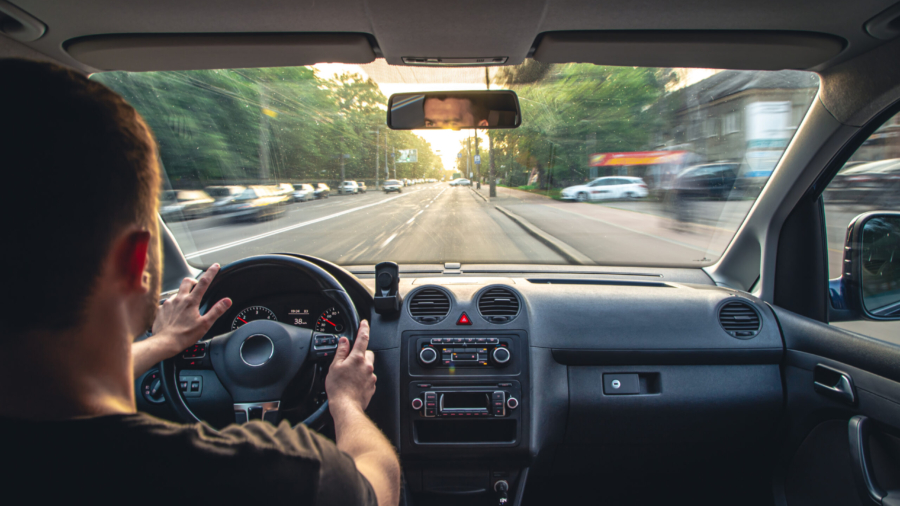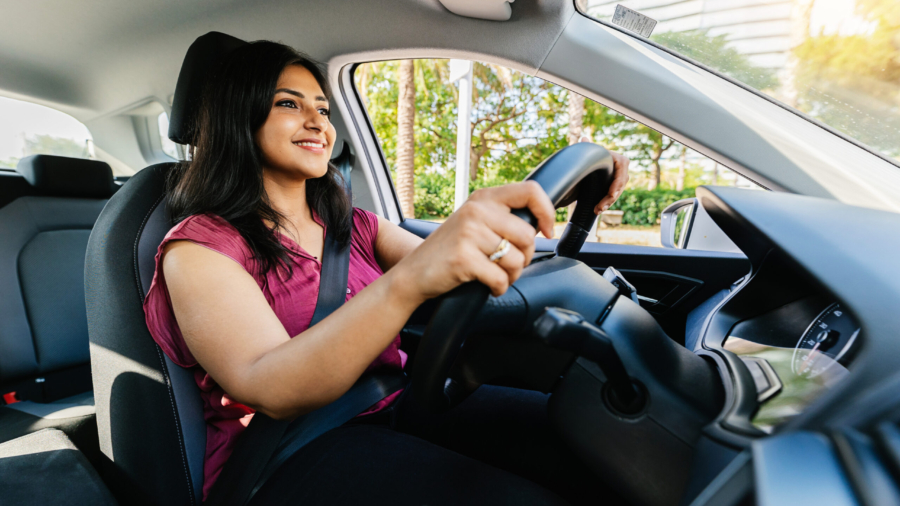The driving test assesses your ability to drive safely and legally under specific conditions. Real-world driving presents a dynamic and ever-changing landscape that requires continuous learning and adaptation. Here, we’ll explore essential skills and considerations that go beyond the test, crucial for navigating Coventry’s roads and becoming a responsible driver for life.
1. Mastering Diverse Road Conditions: Your test might have covered a range of roads, but daily driving involves adapting to everything.
- Wet Weather Driving: Rain reduces visibility and grip significantly. Learn to increase your following distance, reduce speed, and avoid sudden braking or steering. Aquaplaning is a real risk.
- Night Driving: Reduced visibility, glare from oncoming headlights, and fatigue are major factors. Focus on scanning the road further ahead, using your full beams appropriately, and ensuring your windows are spotless.
- Motorway Driving (Pass Plus Recommended): While not on the standard test, motorways are a vital part of inter-city travel. Learning to enter and exit safely, maintain speed, understand lane discipline, and deal with high-speed traffic is crucial. Our Pass Plus course is specifically designed for this.
- Rural Roads: Narrow, winding roads with limited visibility, uneven surfaces, and unexpected hazards (like wildlife or farm vehicles) demand extra caution and anticipation.
2. Defensive Driving Techniques: This is about anticipating hazards and being prepared for other drivers’ mistakes, not just your own.
- Maintaining Safe Following Distances: The “2-second rule” (or 4 seconds in wet conditions) is vital. It gives you time to react if the car in front suddenly brakes.
- Anticipating Hazards: Always look well ahead, not just at the car in front. Spot potential problems like brake lights flashing several cars ahead, pedestrians about to step into the road, or a ball rolling into the street (which means a child might follow!).
- Understanding Blind Spots: Know your own vehicle’s blind spots and be aware of other vehicles’ blind spots, especially large lorries and buses.
3. Navigating Complex Situations (Beyond the Test Route): Every drive is different. You’ll encounter scenarios not practiced on your test route.
- Dealing with Emergency Vehicles: Knowing how to safely and legally make way for ambulances, fire engines, or police cars.
- Roadworks and Diversions: Understanding temporary signs, lane closures, and unexpected changes in traffic flow.
- Managing Fatigue and Distractions: Recognize the signs of tiredness and pull over safely if needed. Never use your phone while driving, and minimize other distractions like loud music or heated conversations.
4. Independent Navigation and Route Planning: While GPS is invaluable, understanding road signs and planning routes independently is a core skill.
- Interpreting Road Signs: Beyond the basics, understanding less common signs and markings.
- Planning Your Journey: Considering traffic, time of day, and alternative routes, especially when driving in and out of busy areas like Coventry city centre.
5. Vehicle Maintenance Basics: A safe driver also understands their vehicle.
- Basic Checks: Knowing how to check tyre pressure, oil levels, windscreen washer fluid, and lights.
- Warning Lights: Understanding what different dashboard warning lights mean and when to seek professional help.
6. The Importance of Pass Plus: For newly qualified drivers, especially those in Coventry, the Pass Plus course offered by Eazy Drive is an invaluable investment. It’s a short, practical course that goes beyond the L-test syllabus, covering:
- Motorway driving
- Driving in adverse weather conditions
- Night driving
- Driving on rural roads
- Driving in town
- Driving on dual carriageways
Completing Pass Plus can also lead to discounted car insurance premiums, making it a smart choice for new drivers looking to save money and gain confidence.
Remember, driving is a skill that evolves with experience. Embrace every journey as a learning opportunity, remain vigilant, and never stop refining your abilities. Your Eazy Drive instructor has laid a solid foundation; now, it’s time to build on it and become a truly confident and responsible driver for life on the roads of Coventry and beyond.



